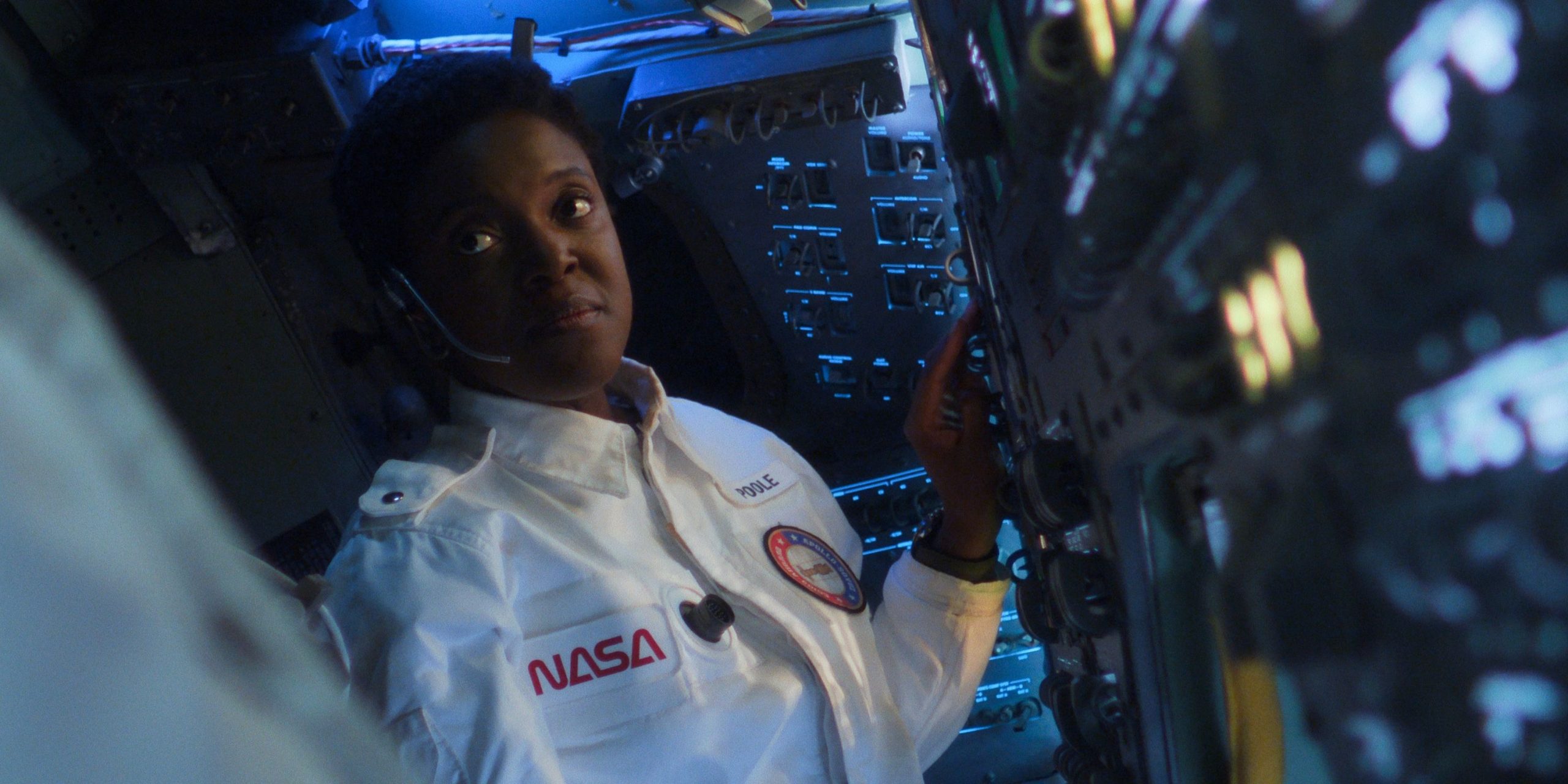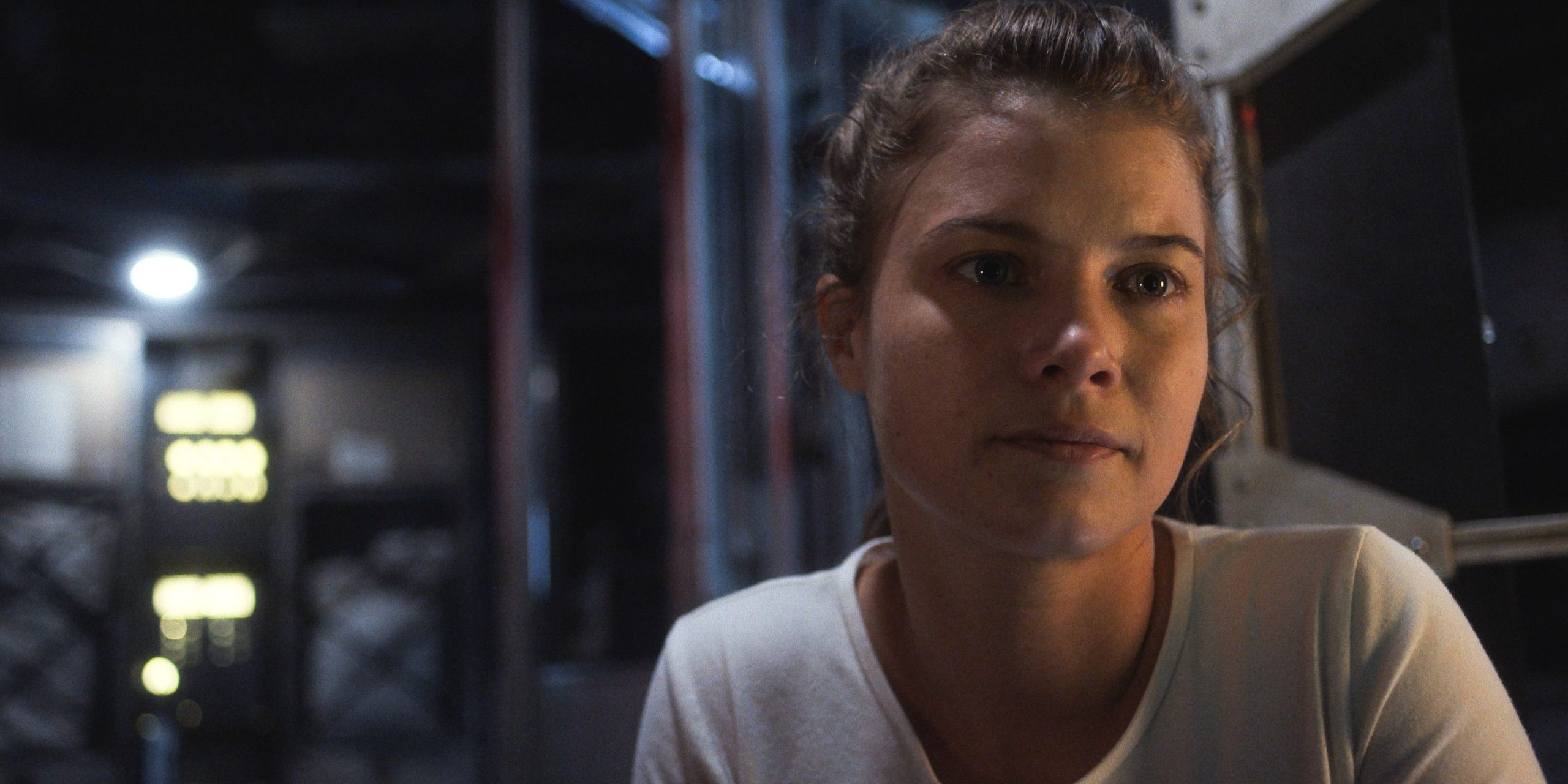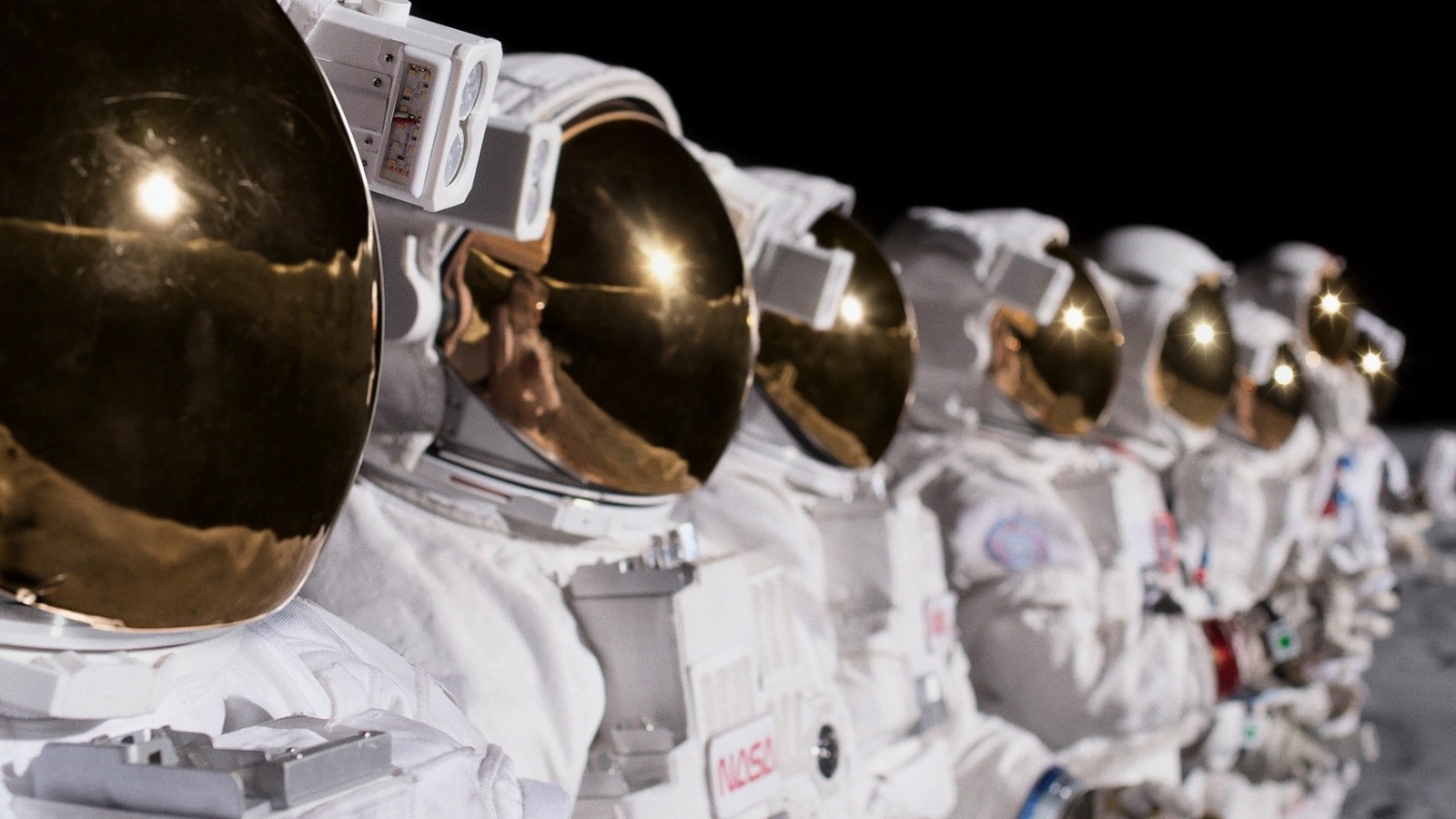This sci-fi series presents a bold reimagining of how history might have gone if the Soviet Union had reached the moon before America. The second season closes with a carefully layered and thought-out final episode that ties up the major plot threads while laying fresh ground for what’s next in season 3 and future seasons.
The Story Picks Up in 1983. Ten years have passed since the events of the first season, and by 1983, For All Mankind continues the storylines of familiar faces while introducing fresh characters and elevating others from the background.
Ed Baldwin (Joel Kinnaman) and his wife Karen (Shantel VanSanten) now have an adopted daughter named Kelly (Cynthy Wu). Tracy (Sarah Jones) and Gordo Stevens (Michael Dorman) are divorced, though their connection remains through their work at NASA and their grown sons.

Dani (Krys Marshall) is finally assigned her mission. Molly (Sonya Walger) takes a major personal risk to save a life. Ellen (Jodi Balfour) finds herself reconnecting with Pam and stepping into a stronger leadership role at NASA.
Margo (Wrenn Schmidt) crosses paths again with the now-brilliant engineer Aleida (Coral Peña) while building ties with Sergei, an unexpected Soviet contact. The Jamestown base has expanded since the last season, and with the Cold War intensifying, new people and fresh challenges enter the picture.
Tensions on the Moon Lead to a Climax
Various plotlines begin to merge as the final stretch of the season arrives, particularly with the rising tension between the Soviet and American camps on the moon. Things reach a boiling point once weapons are brought into Jamestown, which ends up costing lives on both sides.
Just before the final episode, everything hangs in suspense. The season finale titled “The Grey” takes over from that moment. At the heart of the story is the idea that decisions from the past shape what lies ahead, and this series leans heavily on how one person’s actions can ripple through history.
Season 2 gives viewers a front-row seat to that ripple effect.
What Played Out in Season 2
By the close of the final episode, the show has tied up the major threads of season 2 while also giving a preview of what’s to come in the third season. It continues balancing its fictional alternative history with actual historical timelines.
The writing and structure, thanks to Ronald D. Moore and co-showrunners Matt Wolpert and Ben Nedivi, hold together tightly. While some storylines point to where things are headed, others remain open for development in the next chapter.
Margo’s future remains uncertain by the end of season 2. The last few scenes hint that she might unknowingly be aiding the Soviets. Another key thread is Ellen, who is portrayed as someone who could eventually become the first female U.S. president.
This possibility is teased when a former Reagan campaign figure visits her and Larry. Even if this doesn’t come to pass in season 3, the second season plants enough clues to suggest she may rise politically. With her background, her becoming president could help boost a prolonged space race.
Molly’s condition is another unresolved thread, as signs of radiation exposure begin to take a toll on her eyesight. There’s uncertainty about whether treatment options, possibly advanced in this alternate world, could offer hope.
For All Mankind: Imagining a Better World
Ronald D. Moore set out to create a version of history that asks what could’ve happened if certain events turned out differently. Season 2 carries on with this vision, pushing the story forward and showing how current decisions might affect future generations.
During one particular scene, Lee Atwater draws a comparison between Ellen’s future and professional wrestling, using it as a metaphor. He tells Larry that wrestling thrives not because it’s real, but because people enjoy the drama more than the truth.
This message echoes beyond the scene as if the show’s creators are making a quiet statement to the audience. Within Moore’s alternate universe, drama holds more weight than reality. The way history is recorded – through news reports and textbooks – often presents more than one angle.
Facts can differ, depending on who tells the story. Yet, For All Mankind maintains its emotional truth. Audiences feel drawn to the characters, not only as astronauts but as individuals trying to find meaning in their choices.
Co-showrunner Ben Nedivi shared in an interview with Syfy Wire that adapting real history gave them the freedom to blend fiction with reality in a thoughtful way. According to him, the most satisfying part of building the series has been continuing stories that never had a chance to grow in actual history.
Starting from the moon landing, just one change in events changes how everything else plays out for decades.
Season 2 Hints at 1995 and Mars Missions
Throughout the season, Mars is mentioned several times, hinting at plans. In episode 7, Ellen reveals her plans to leave NASA and join a private organization to get to Mars. Earlier in the season, she pushes for a Mars mission.
By the finale, the series jumps forward to 1995, and the final moment shows someone stepping out onto Martian soil. This change not only takes the space story forward but also suggests that younger characters might step into major roles in season 3.
With older astronauts moving closer to retirement, fresh faces and new paths will likely emerge. Season 3 promises to continue its balance of reality and fiction. Though the real U.S. Mars missions of the 1990s were mostly unmanned, For All Mankind hints that its version will go deeper.
Characters like Danny Stevens, Kelly Baldwin, and Aleida Rosales are likely to become central going forward. All three have grown under pressure and matured quickly, often taking responsibility well beyond their years. Aleida, now a NASA staffer, could be central to future events.
There’s still a question mark around her father’s fate after his deportation in season 1. If she does become a lead, there’s hope we might learn what became of him. Her journey so far positions her as a possible top figure in NASA in the seasons ahead.
Why Tracy and Gordo’s Story Ended This Way
Despite the optimistic tone of the show, season 2 ends with an emotional blow as Tracy and Gordo both lose their lives. The question of what it truly means to be a hero is a recurring theme, and both characters come to embody it in full. Gordo starts the season in a rough state, weighed down by his past.
Tracy, on the other hand, is publicly celebrated after her rescue mission in the previous season. But it’s only during their final mission that they truly rise as heroes — preventing nuclear disaster at Jamestown through a brave act that costs them their lives.
Their deaths might have been heartbreaking, but they brought a sense of completeness to their arcs. There’s a certain beauty in how their long relationship ended, united by sacrifice. Had they lived on into the ‘90s timeline, they might have been pushed into smaller roles.
Instead, they bow out at their peak, leaving behind a story that will stay with viewers.
Why the Episode is Called “The Grey”
The finale’s title, “The Grey,” is tied closely to a recurring theme in season 2 — that life is rarely just good or bad, right or wrong. Karen brings up this idea in episode 9, telling Ed that most people live in that in-between space. Every main character is forced to deal with moral questions and make hard choices this season.

This is seen clearly when Ed decides to destroy the Sea Dragon instead of attacking the Soviet Buran. His choice spares lives and prevents a larger crisis. Gordo and Tracy beat the odds to save Jamestown. Molly goes against orders to save a life.
Margo takes a risky step to save Soviet lives, possibly compromising her loyalty. Dani insists on following through with the Apollo-Soyuz handshake even when told to return. Ellen defies Reagan’s instructions when she supports Dani’s decision. These choices, though difficult, help stop nuclear disaster — for now.
What the Second Season Truly Represents
For All Mankind blends sci-fi storytelling with a strong emotional core. Its attention to space travel and historical detail is impressive, but it’s the relationships and character development that deepen the story. At its heart, season 2 is about striving for greatness — as individuals and as a people.
Whether it’s about earning the title of a hero, pushing boundaries, or setting an example for those who come next, the series looks closely at what’s gained and what’s lost along the way. While the main characters carry the story, the bigger idea being presented is one of humanity’s future.
The ending, with its grey area of uncertainty, hints that there are still many paths the story could take. The final quote from John Lennon — “If it’s not okay, it’s not the end” — captures this feeling perfectly. It suggests that For All Mankind still has much more ahead.



